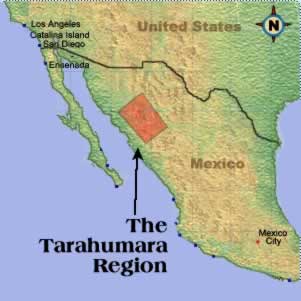Tarahumara Mexico Boa
Tarahumara Mexico Boa (Dwarf Boa)
Boa Constrictor Imperator


General Information
Family: Boidae
Locale: The Sierra Tarahumara in Chihuahua and Sonora Mexico
Habitat: Forested plateaus and intensely eroded canyons near rivers at altitudes of 4000 feet and higher
Average Size: 4 feet on average
Average Lifespan: 12 years on average with some reportedly reaching 20+ in captivity
Activity: Nocturnal
Care Summary
Captive Care: An enclosure that is 2’ x 2’ x 4’ is advised, or smaller for smaller snakes. Newspaper makes an adequate substrate for the enclosures. Hide boxes at both the warm and cool ends are suggested. The enclosure should be kept at around 60% humidity or higher. Regularly changed fresh water in a bowl 4” in diameter and 2” deep is apt for adults. The enclosures should be spot cleaned regularly.
Diet: Appropriately sized frozen-thawed rats every 6 – 15 days until maturity. Once maturity is reached females feed roughly twice a month for about ten months, and less when gravid. Breeding males require feeding around a minimum of 10 to 12 times a year.
Temperature: A temperature range of 75° - 95° F.
Lighting: Special lighting not required. Recommended: March - September: 12 – 13 hours of light; October – February: 10 hours of light.
Breeding: Generally reach maturity at about 3 years of age. Minimum female length: 0.95 m or approx. 38” Minimum female mass: 1.4 – 1.6 kg. A reported higher rate of reproductive success is attained using seasonality, with a range of 15 – 25 % reduction of temperature and photoperiod, to induce breeding. Recommended start of cool-down is around the beginning of November aiming to reach a minimum temperature no lower than 65° F between December 25 and January 1. Also, a long-term feeding program such as distributing approximately 25 feedings covering the weeks between June and December is suggested to ensure female reaches optimum weight as the season changes.
Temperament: They are reputed to be aggressive as babies with some remaining that way as they mature. Others will become more docile as they grow. As they get older the aggressive ones can often be tamed with time, lots of work and patience, and frequent handling.
Notes: The Tarahumara is a subspecies of B.constrictor imperator that was discovered by a researcher from the University of Arizona in the mid 1990’s. When agitated they may assume a defensive behavior by contracting and arching their body, raising and/or flattening their head, curling or wriggling the tail, and producing a forceful hissing sound. If this behavior isn’t able to deter, then they are likely to strike.
References
http://www.cuttingedgeherp.com/mexicanboas.html
http://www.boa-constrictors.com/en/Tarahumara_Boa_constrictor_imperator_Mexico
Original care reference from Rio Bravo reptiles no longer accessible
Map showing region (not necessarily range map): http://breadnm.blogspot.com/2012/01/could-this-be-happening-in-our-own-back.html
Compiled by Cole Olmstead, 5/2013. Updated 8/2016.
The Herpetarium is a facility in the Department of Biological Sciences.
Bowling Green State University | Bowling Green, OH 43403-0001 | Contact BGSU Herpetarium | Campus Map
Updated: 04/13/2021 12:26PM

